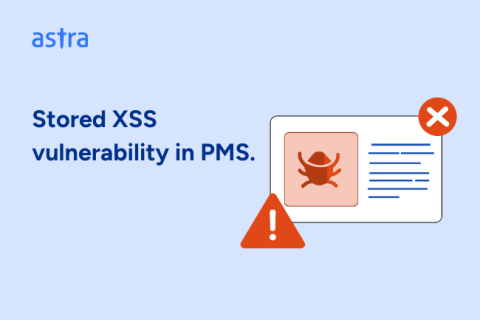How to tell if CrowdStrike Falcon sensor is running
This guide for IT and security professionals shows how to detect that the CrowdStrike agent is installed and properly configured, using either vanilla osquery or 1Password Extended Access Management.











